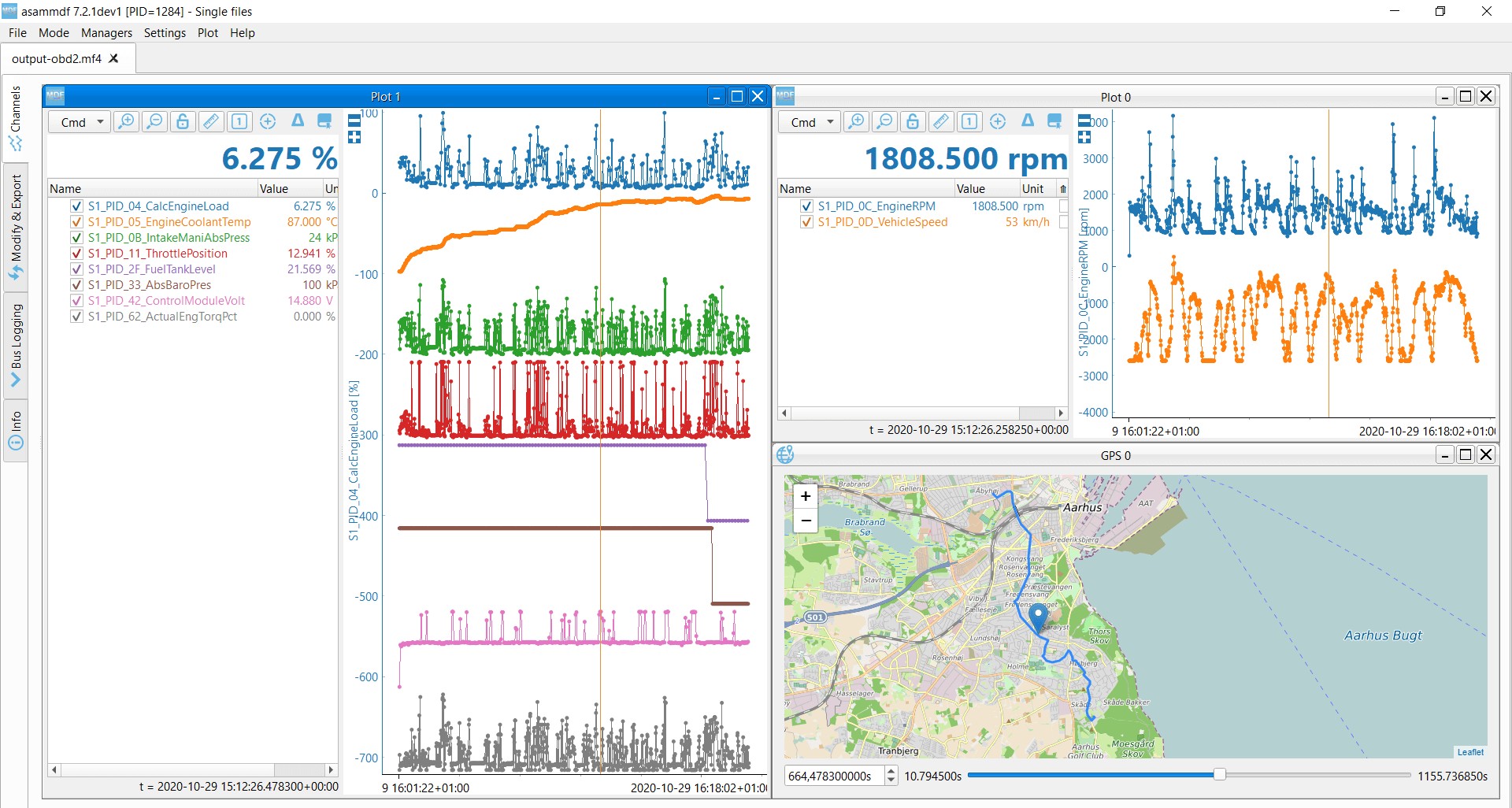The On-Board Diagnostics II (OBDII) standard is a universal system that allows access to a vehicle’s diagnostic data. For Ford vehicles, understanding the specific implementation of the Ford Can Bus Obdii Protocol is crucial for diagnostics and data analysis. This article provides a comprehensive overview of OBDII in Ford vehicles, focusing on its relationship with the Controller Area Network (CAN) bus.
A standard OBDII connector. Pin 6 (CAN High) and Pin 14 (CAN Low) are crucial for communication on the Ford CAN bus.
OBDII and the CAN Bus in Ford Vehicles
Modern Ford vehicles predominantly utilize the CAN bus for communication between various Electronic Control Units (ECUs). The OBDII system taps into this network, providing a standardized interface for accessing diagnostic information. The Ford CAN bus OBDII protocol adheres to ISO 15765-4 (Diagnostics over Controller Area Network), specifying how diagnostic requests and responses are transmitted over the CAN bus.
Key aspects of this protocol include:
- CAN Identifiers: Ford uses specific CAN IDs for OBDII communication. Typically, requests are sent to a functional address (e.g., 0x7DF for 11-bit identifiers), while responses originate from specific ECUs using designated IDs (e.g., 0x7E8 for the Engine Control Module).
- Bit Rate: Ford CAN buses typically operate at 500 kbps for OBDII communication.
- Message Format: OBDII messages on the Ford CAN bus follow a specific structure, including mode, Parameter ID (PID), and data bytes. This allows for standardized requests and interpretation of responses.
Accessing Ford OBDII Data: Modes and PIDs
OBDII defines several modes, each representing a different diagnostic service. Mode $01 provides access to real-time data, while other modes handle tasks like retrieving Diagnostic Trouble Codes (DTCs) and freeze frame data. Each mode utilizes specific PIDs to request particular parameters.
For instance, to retrieve vehicle speed, a diagnostic tool would send a Mode $01 request with PID 0x0D. The Ford ECU would respond with a message containing the vehicle speed data. Understanding these modes and PIDs is essential for effectively utilizing the Ford CAN bus OBDII protocol.
Illustrative example of requesting vehicle speed data (PID 0x0D) on a CAN bus using OBDII.
Practical Applications of Ford OBDII Data
Access to Ford OBDII data via the CAN bus has numerous practical applications:
- Diagnostics: Mechanics and technicians use OBDII scanners to retrieve DTCs, identify malfunctions, and troubleshoot vehicle issues.
- Fleet Management: Telematics systems utilize OBDII data for vehicle tracking, monitoring driver behavior, and optimizing fuel efficiency.
- Performance Tuning: Aftermarket performance tuners access OBDII data to modify engine parameters and enhance vehicle performance.
- Data Logging and Analysis: Researchers and engineers collect OBDII data to analyze vehicle behavior, develop new technologies, and improve vehicle designs.
 OBDII data can be logged and analyzed for various purposes
OBDII data can be logged and analyzed for various purposes
Example of visualized OBDII data, showcasing its potential for analysis and insights.
Future Trends and Considerations
The Ford CAN bus OBDII protocol continues to evolve. Trends include:
- Increased Data Complexity: As vehicles become more sophisticated, the volume and complexity of OBDII data are increasing, demanding more advanced diagnostic tools and analysis techniques.
- Security Concerns: The OBDII port’s accessibility raises security concerns regarding unauthorized access and potential vehicle hacking. Automakers are implementing security measures to mitigate these risks.
- Wireless Diagnostics: The integration of wireless communication technologies enables remote diagnostics and over-the-air updates.
Conclusion
The Ford CAN bus OBDII protocol provides a crucial interface for accessing and interpreting diagnostic data in Ford vehicles. Understanding its underlying principles, message formats, and practical applications is essential for anyone working with Ford vehicle diagnostics, data analysis, or fleet management. As automotive technology continues to advance, staying informed about evolving OBDII standards and security considerations is paramount.
